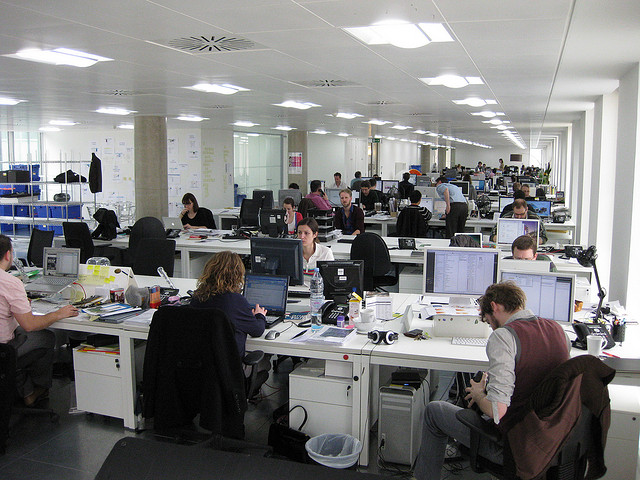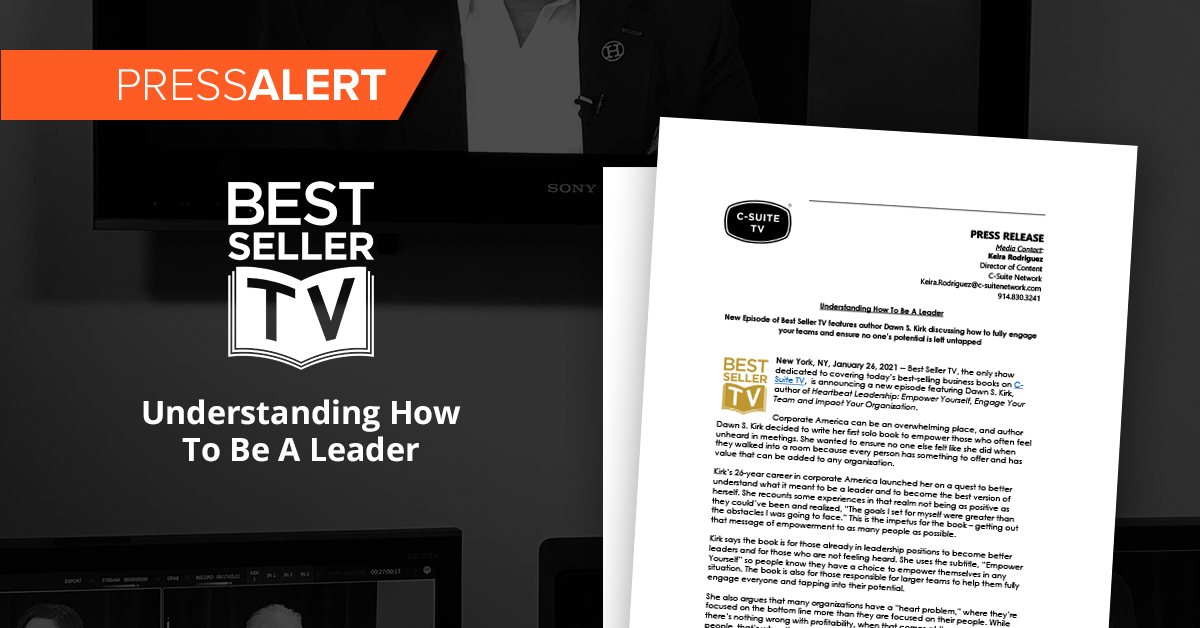
Reversing the Path of Stagnation: What Are You Waiting For?
Reversing the Path of Stagnation: What Are You Waiting For? https://csuiteold.c-suitenetwork.com/wp-content/uploads/2014/12/3344142642_c4d3bfa042_z.jpg 640 480 C-Suite Network https://csuiteold.c-suitenetwork.com/wp-content/uploads/2014/12/3344142642_c4d3bfa042_z.jpgby Bob Domenz
Most mid-market organizations are very vulnerable to stagnation because they operate in industries that rarely change. Often they recognize it too late, which decreases their chances of successfully reversing their course. First, they must recognize the 7 telltale signs their company is on the path to stagnation.
By understanding the two scenarios of change — proactive and reactive — leaders can be better equipped to take the first steps of change and, preferably, choose to be proactive.
All companies are at risk of stagnation — and almost every company has, or will, become so at one time or another. It’s a sneaky thing. Stagnation is like a slow-growing toxic mold. It eventually takes over your company, stifling culture, development and progress, and hindering the organization’s ability to grow.
Getting off the path to stagnation requires making a deliberate change within the organization, especially to be able to break from the grip of status quo. Fundamentally, this happens in one of two ways: Proactive and Reactive.
The Proactive Scenario
In this scenario, the organization recognizes it is on a path to stagnation and proactively “self-inflicts” change before there’s any permanent damage to the business, the culture or the brand. A proactive approach is optimal to the situation. It allows time to develop organizational buy-in, and action is taken well before things become critical, providing the longest track for successful course correction.
While a preferable approach, being proactive does comes with its own set of challenges. Often, a concrete “burning platform” doesn’t exist yet. Pain points, such as rapid declines in revenue, or budget cuts and layoffs haven’t occurred yet either, making it difficult to align management and rally employees against the need for change.
Timing and tone is important. It can be counterproductive for leadership to try to implement change plans too early, or come across as alarmists. Employees might ask: Why is leadership rocking the boat?
The Reactive Scenario
In this scenario, the organization has typically been (knowingly or unknowingly) at some level of stagnation for some time, yet it doesn’t recognize the need to change until a trigger-event forces the company to reactively attempt to reverse course.
Examples of triggers are numerous. Some take the form of a single major event, such as the loss of a major customer or an aggressive new competitor. Triggers also come as a series of small event, with one eventually becoming “the final straw that breaks the camel’s back.” Examples include the terrible sales forecast that comes after several consecutive quarters of sales decline; or a key employee who leaves at the end of a wave of employee departures; or a distributor who’s been slowly displacing you with another manufacturer finally notifies you that you’re no longer their preferred brand. And so on.
In reactive scenarios, reversing the path requires a different set of strategies in order to avoid dire outcomes, and time becomes a critical success factor. More often than not, urgent action is required, the runway is short and there’s minimal room for errors. In these situations it may not be necessary for leadership to invest as much time in communicating and building support for the need to change. The “burning platform” is already visible and known to the organization. There is tangible pain or threat.
Instead, leadership needs to rapidly craft a change plan, begin communicating it and stress, or amplify, the specific actions the business (and individuals within the organization) must take in order to reverse the path and achieve a successful outcome.
We have met the enemy… and he is us.
Reversing the path of stagnation in any scenario is inherently difficult. Programs that attempt to shift organizational culture and capability frequently fail, in large part due to the “rejection culture” that pervades stagnant organizations.
Anna Catalano, former group vice president of marketing at British Petroleum explains, “Within any stagnant company an army of anti-bodies (i.e., attitudes, behaviors, policies, etc.) have grown around it in order to protect it from anything that seeks to change the status quo. Invaders are thrown out very quickly because there is an interest in protecting the body.”
The key to success lies in the ability to disrupt these anti-bodies and introduce a new set. This takes perseverance and an unlimited supply of enthusiasm. Understanding the specific nuances of proactive and reactive situations, and employing the accompanying ideas, can help you get back on the path to growth.
Ask yourself: what’re we waiting for? Ideally, you’ll become proactive once you answer the question.
 Bob Domenz is founder and CEO of Avenue, a Chicago-based marketing strategy and activation firm that partners with B2B leaders to transform their businesses and brands, and launch new products. He can be reached at bdomenz@avenue-inc.com
Bob Domenz is founder and CEO of Avenue, a Chicago-based marketing strategy and activation firm that partners with B2B leaders to transform their businesses and brands, and launch new products. He can be reached at bdomenz@avenue-inc.com




